How CSL plans to lower plasma costs and restore profitability using AI and other technology.
Australia’s biggest health company says it has a suite of solutions to restore profit margins to pre-pandemic levels.
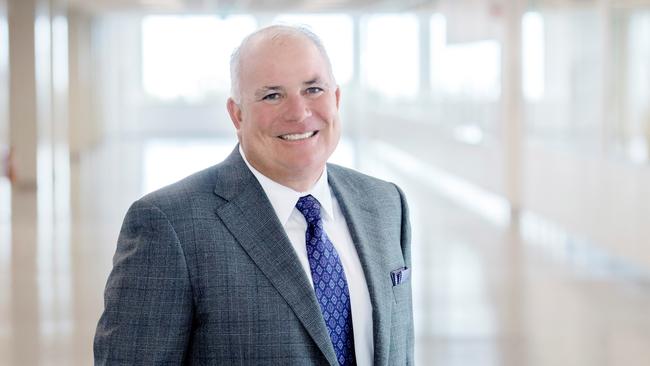
Artificial intelligence, withdrawing some products and trialling yield-increasing technology are all on the table as CSL seeks to restore profitability as it says the cost of collecting plasma is unlikely to fall to pre-pandemic levels for at least another three years.
Plasma, gathered mainly from paid donations in the US, is the raw ingredient needed to produce CSL’s suite of lifesaving products, including its immunoglobulins, conventional haemophilia treatment and albumin protein.
While plasma collections have rebounded from pandemic lockdowns, surging 30 per cent in the past year, prices remain stubbornly high, dragging on profit margins.
CSL’s annual net profit dipped 3 per cent to $US2.19bn ($3.38bn), with the company also hit by inflation and currency swings from a strengthening US dollar. Overall revenue soared 31 per cent to $US13.31bn
The company, which is valued at more than $132bn, is trialling technology to increase plasma yields.
Chief executive Paul McKenzie – who succeeded Paul Perreault earlier this year – said pilot studies had already delivered a double-digit gain while maintaining quality, and is confident it can be replicated at scale.
But he said the company was looking at a suite of solutions, given donor fees and labour comprise about 65 per cent of the cost of collecting one litre of plasma.
“It will be tough to get back to pre-Covid, but that doesn’t mean we are not trying,” Dr McKenzie said.
“There are lots of levers we can pull as a business in terms of differing approaches … so manufacturing efficiency, the mix and shift of products that we sell – taking some of the products and saying do we really need 50 individual product presentations? Can we reduce that to 25 and still meet patient need?
“I’m intrigued by what this whole journey of AI and ChatGPT will do for training, bringing on employees up to beneficial use earlier. I mean, there are lots out there.”
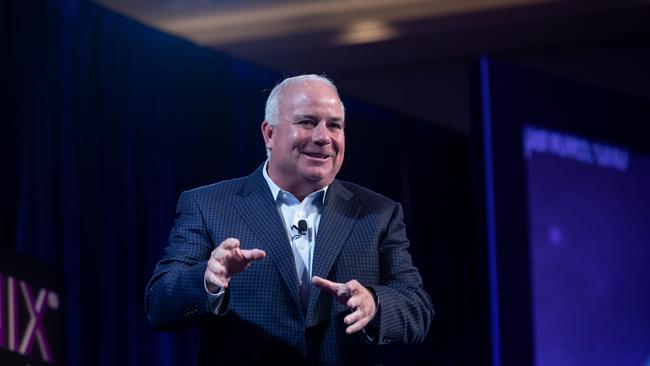
One lever is cutting donor fees, but CSL must balance such a move with a potential reduction in collections. Dr McKenzie said he recently visited collection centres along the Mexico border after it won a reprieve from the US government’s ban, where pricing has become a hot topic.
“I was down there a couple of weeks back. Competitors are being very aggressive with price there, but not as aggressive as other parts of the US. So we really have increased our competitive intelligence of what the donor fee mix looks like, and then we respond to that using data analytics and donor app to get the right mix of donors.
“Remember, it’s a mix of new donors, which are running about 5 per cent right now, and returning donors. We have rolled out a customer management tool … so we can continue to understand the personas of our donors and make sure that we can enhance their experience as well as continued to move on the journey of CPL (cost per litre) reduction.”
The cost of collecting plasma fell 14 per cent and is now down 17 per cent from its peak hit in March last year, but remains above pre-pandemic levels. Dr McKenzie expects it will take three to five years to restore profit margins.
“It’s all about being in it for the long run. You cannot just do things for the short run. You need to make sure you’re investing, and we’re very confident in margin recovery.”
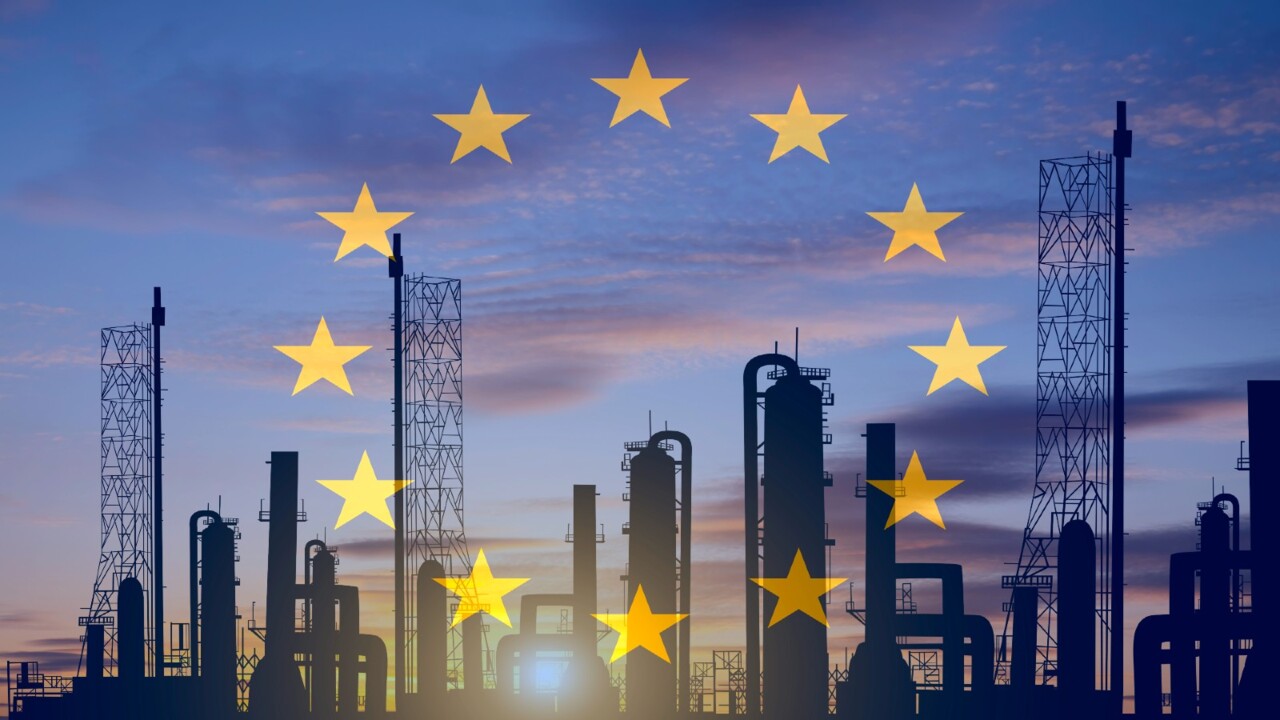
CSL Behring – the company’s lead division, responsible for its plasma products – generated a 12 per cent lift in revenue to $US9.3bn. Sales of its core immunoglobulin products soared 21 per cent to $US4.68bn. But the division’s underlying gross margin was 49.2 per cent versus 57.1 per cent before the pandemic.
The company also launched the world’s first gene therapy for haemophilia, Hemgenix, in the US – which costs about $3.5m a shot and effectively cures a patient in one jab.
“Undoubtedly a highlight during the period was treating the first patients with Hemgenix, after the FDA approved the first and only gene therapy for the treatment of adults with haemophilia B earlier in the year”, Dr McKenzie said.
The company’s vaccine division, CSL Seqirus – pronounced ‘secure us’ – generated a 9 per cent surge in revenue to $US2.03bn.
“This growth was achieved against a backdrop of reduced rates of immunisation and highlights the strength of CSL Seqirus’s strategy and its high value differentiated product portfolio.”
CSL Seqirus has also signed a licence agreement with Arcturus Therapeutics to produce the “next generation” of mRNA vaccine. It is also spending about $800m on a new cell-based flu vaccine factory in Melbourne, which is on track to begin production by 2026.
Vifor – rebadged CSL Vifor -contributed $US1.99bn to revenue in the first 11 months of ownership. CSL said this reflects 14 per cent growth.
“The integration of CSL Vifor is well advanced, and the cost synergies are well on track.”
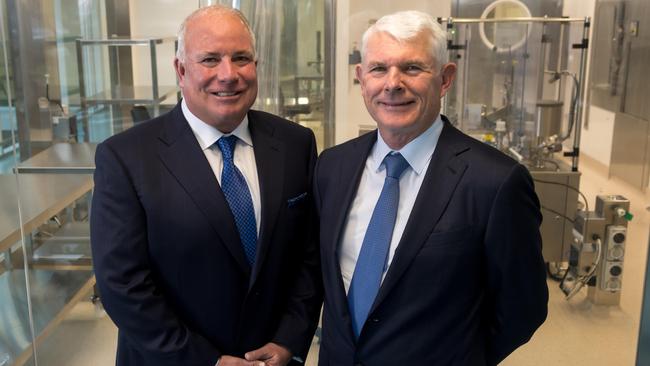
CSL’s spending on research and development surged 22 per cent to $US1.2bn, with Dr McKenzie attributing the increase to the company’s $16.4bn takeover of Swiss renal treatments company Vifor. Marketing expenses spiked 58 per cent to $US1.5bn, while general and administrative expenses jumped 27 per cent to $US907m.
Dr McKenzie largely reiterated earnings guidance of 9-11 per cent revenue growth at constant currency. Meanwhile, underlying profit is forecast to rise 13-17 per cent to $US2.9bn to $US3bn.
Analysts said CSL 2023 earnings result was inline with expectations, with the tweak to guidance driving the company’s share price 3.7 per cent higher to $272.80 on Tuesday.
UBS analyst Laura Sutcliffe said the earnings forecast looked slightly ahead of consensus, but profit growth guidance was trimmed.
“Our estimates currently sit close to the mid-point of the range, slightly ahead of consensus. Revenue guidance (new) is for 9-11 per cent growth. Using our currency estimates, consensus currently implies 8.5 per cent growth,” Dr Sutcliffe said.
Moody’s Investors Service vice president Ian Chitterer said CSL’s earnings were “credit neutral” and
“in line with our expectations”.
“While CSL’s leverage remains elevated following the Vifor acquisition, we expect that improvements to EBITDA and lower capital spending in fiscal 2024 will result in a significant reduction in leverage,” Mr Chitterer said.
S&P Global Ratings analyst Sam Playfair said “persistently high” plasma donor fees, elevated inflation for consumables in the US, and higher labor costs weighed on earnings margins CSL Behring. “Given our expectation of elevated donor fees, the largest cost item involved in plasma collection, we anticipate earnings margins will gradually recover to pre-pandemic levels over the next three years,” he said.
“CSL has had to absorb a recent surge in its inventory balance as it seeks to replenish plasma volumes. It can accommodate the funding of these inventories and over the next 12-18 months the inventory balance should normalise.”
CSL will pay a dividend of $US1.29 a share on October 4.





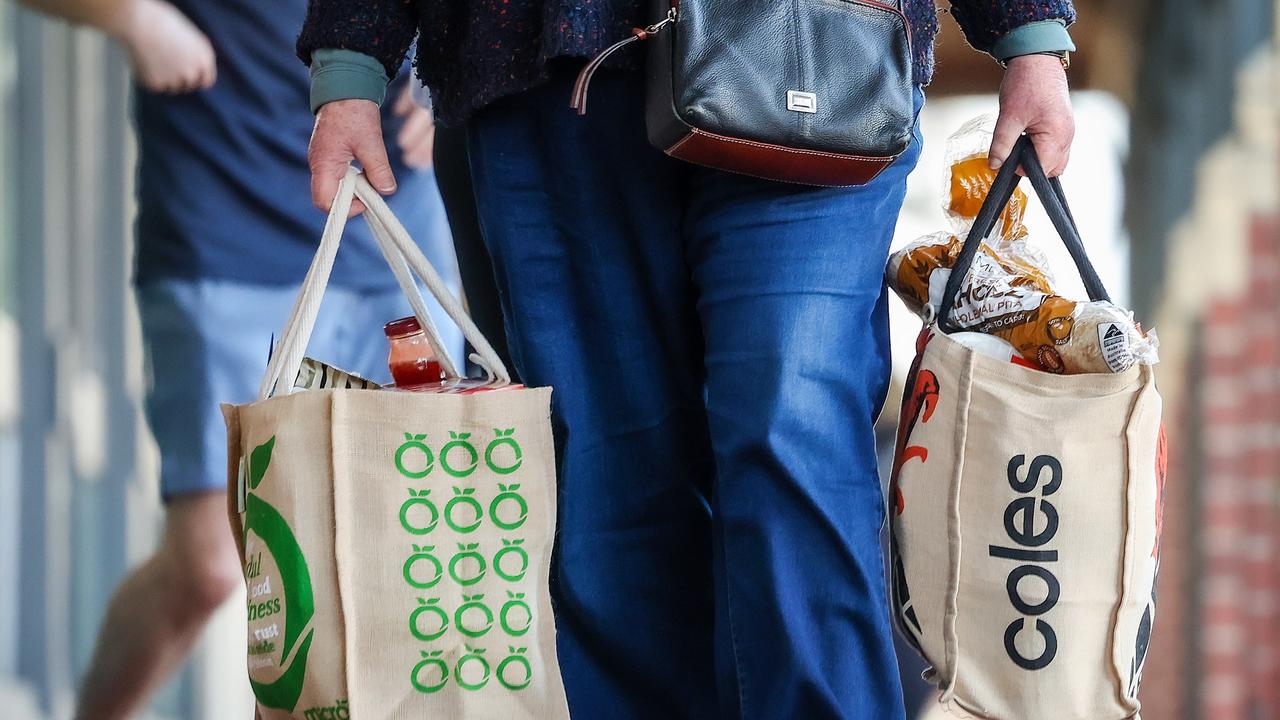
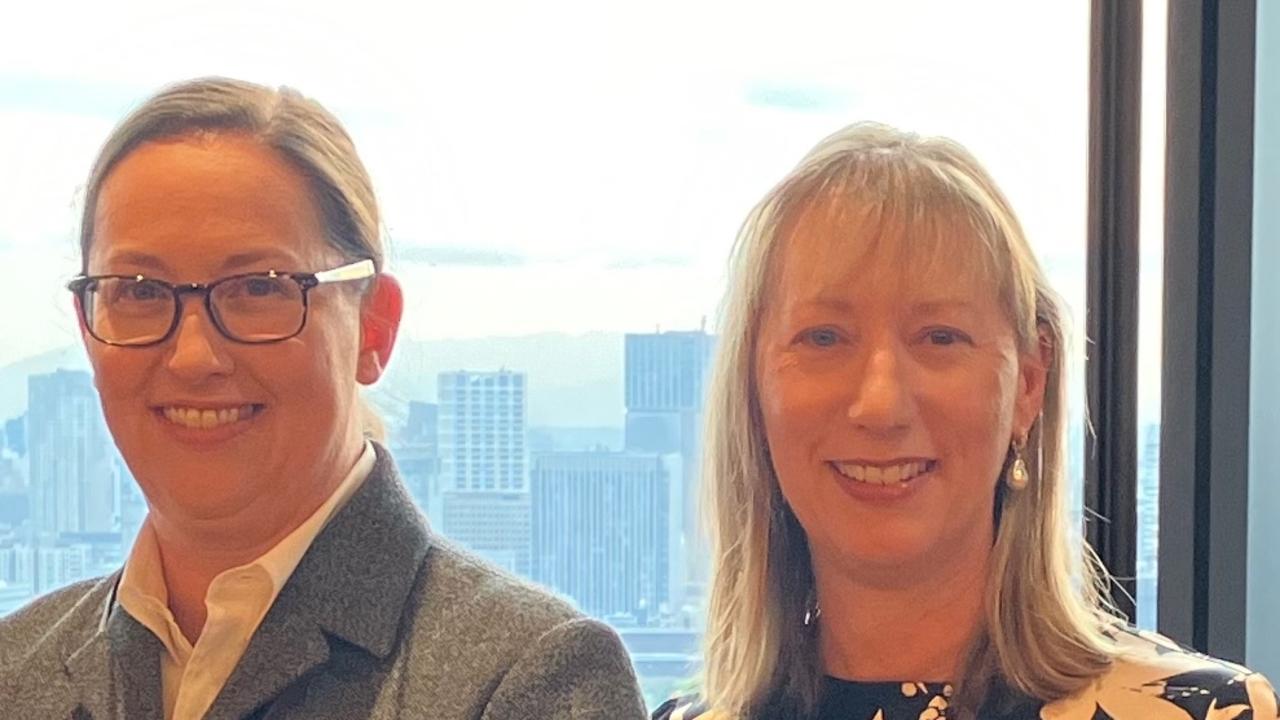
To join the conversation, please log in. Don't have an account? Register
Join the conversation, you are commenting as Logout